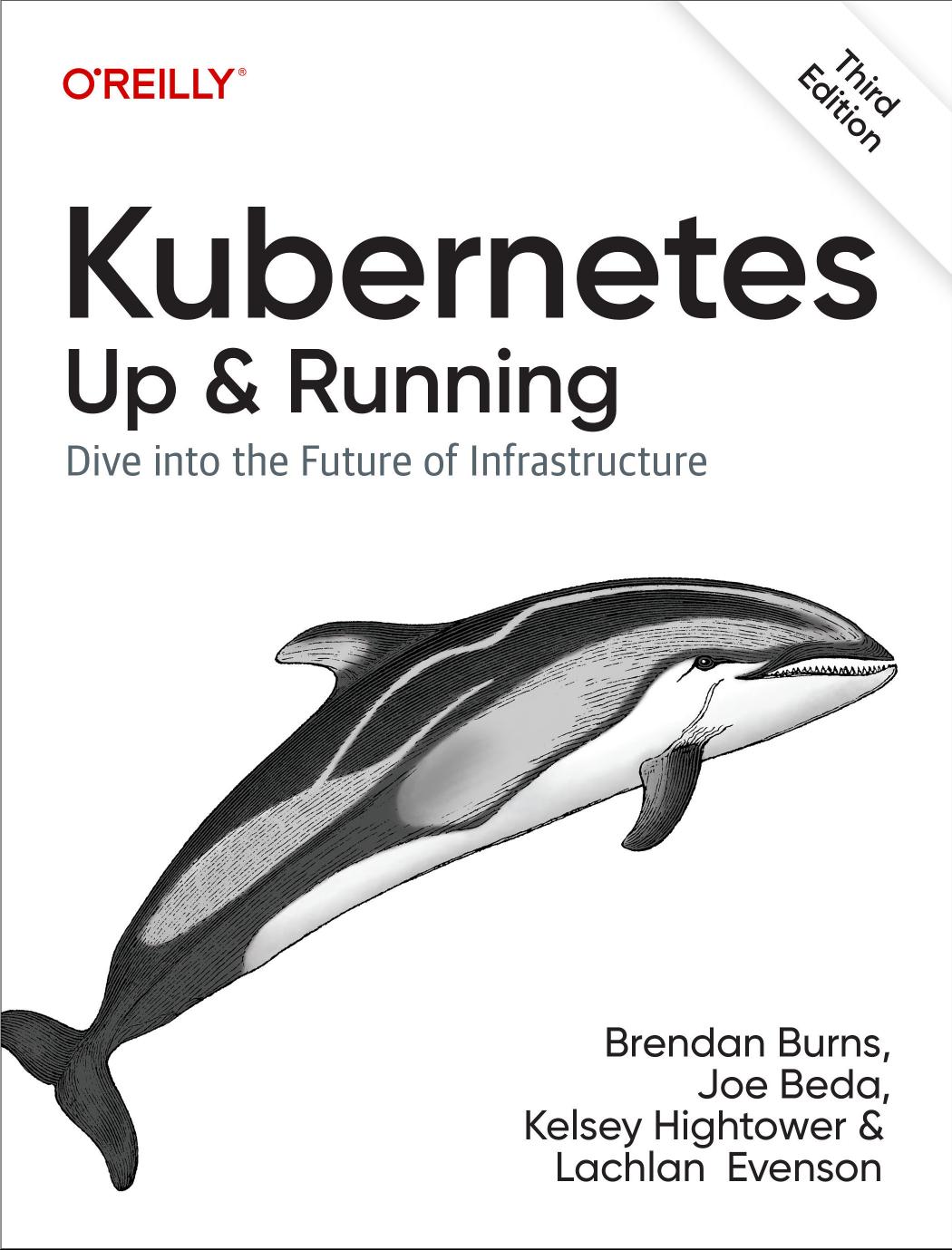Kubernetes: Up and Running by Brendan Burns Joe Beda Kelsey Hightower and Lachlan Evenson

Author:Brendan Burns, Joe Beda, Kelsey Hightower, and Lachlan Evenson
Language: eng
Format: epub, pdf
Publisher: O'Reilly Media, Inc.
Published: 2022-08-02T00:00:00+00:00
Role-Based Access Control
To properly manage access in Kubernetes, itâs critical to understand how identity, roles, and role bindings interact to control who can do what with which resources. At first, RBAC can seem like a challenge to understand, with a series of interconnected, abstract concepts; but once itâs understood, you can be confident in your ability to manage cluster access.
Identity in Kubernetes
Every request to Kubernetes is associated with some identity. Even a request with no identity is associated with the system:unauthenticated group. Kubernetes makes a distinction between user identities and service account identities. Service accounts are created and managed by Kubernetes itself and are generally associated with components running inside the cluster. User accounts are all other accounts associated with actual users of the cluster, and often include automation like continuous delivery services that run outside the cluster.
Kubernetes uses a generic interface for authentication providers. Each of the providers supplies a username and, optionally, the set of groups to which the user belongs. Kubernetes supports a number of authentication providers, including:
HTTP Basic Authentication (largely deprecated)
Download
Kubernetes: Up and Running by Brendan Burns Joe Beda Kelsey Hightower and Lachlan Evenson.pdf
This site does not store any files on its server. We only index and link to content provided by other sites. Please contact the content providers to delete copyright contents if any and email us, we'll remove relevant links or contents immediately.
Management Strategies for the Cloud Revolution: How Cloud Computing Is Transforming Business and Why You Can't Afford to Be Left Behind by Charles Babcock(4130)
Ego Is the Enemy by Ryan Holiday(3991)
Offensive Shellcode from Scratch by Rishalin Pillay(3667)
Exploring Deepfakes by Bryan Lyon and Matt Tora(3253)
Robo-Advisor with Python by Aki Ranin(3032)
Learning C# by Developing Games with Unity 2021 by Harrison Ferrone(2871)
Speed Up Your Python with Rust by Maxwell Flitton(2849)
Liar's Poker by Michael Lewis(2811)
Agile Security Operations by Hinne Hettema(2805)
Linux Command Line and Shell Scripting Techniques by Vedran Dakic and Jasmin Redzepagic(2804)
OPNsense Beginner to Professional by Julio Cesar Bueno de Camargo(2802)
Extreme DAX by Michiel Rozema & Henk Vlootman(2790)
Essential Cryptography for JavaScript Developers by Alessandro Segala(2740)
Elevating React Web Development with Gatsby by Samuel Larsen-Disney(2730)
Python for ArcGIS Pro by Silas Toms Bill Parker(2645)
AI-Powered Commerce by Andy Pandharikar & Frederik Bussler(2642)
Cryptography Algorithms by Massimo Bertaccini(2627)
Incident Response Techniques for Ransomware Attacks by Oleg Skulkin(2626)
Distributed .NET with Microsoft Orleans by Bhupesh Guptha Muthiyalu Suneel Kumar Kunani(2625)
